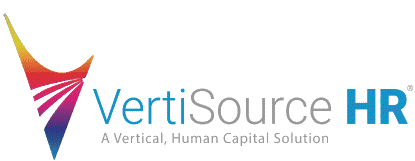PEO companies offer different levels of service based on their business models. Some PEO services offer more while others offer less. We mention this to set up the following question: does your PEO offer worker’s compensation risk management? We do.
Worker’s compensation risk management represents a tried-and-true approach to reducing the risks that can lead to workplace injuries. It is a proactive strategy that does not involve waiting until something happens before a company makes the workplace safer. Employers with long standing worker’s compensation risk management programs tend to see fewer worker’s comp claims.
Why Risk Has to Be Managed
Discussions on this particular topic often lead to questions relating to why risk needs to be managed. Why can’t a company simply go about its business and then respond accordingly when a worker’s comp issue comes up? Because waiting until something happens ultimately means acting after the fact. By that time, it is too late.
There is no realistic way to make any workplace 100% safe. As long as human beings roam the Earth, accidents will happen. That’s where risk management comes into play. Worker’s compensation risk management is not based on an unrealistic assumption that all safety hazards can be eliminated. Rather, it is based on the understanding that risk can be managed by eliminating as many hazards as possible.
7 Key Components to Risk Management
PEO services that offer worker’s compensation risk management understand that there are seven key components to deal with. These are as follows:
- Regular Assessments – Regular workplace assessments identify hazards and recommend solutions for eliminating them. Everything from processes to equipment and safety procedures is looked at.
- Risk Mitigation – Policies and strategies for mitigating risk are implemented as hazards are identified. Those same policies and strategies are regularly reviewed and updated as needed.
- Employee Training – Properly trained employees tend to be safer employees. Regular safety training and education is paramount to reducing risk.
- Incident Response – When incidents do occur, thorough investigations are warranted. Any incident investigation should be followed up with the appropriate reports.
- Claims Management – When a worker’s compensation claim is made, it needs to be managed in order to minimize costs while ensuring proper benefit delivery.
- Returning Employees – Injured employees eventually returning to work might need to be onboarded once again. They may require new training. They may need special accommodations while they continue to recover.
- Compliance – Underscoring everything is a need to maintain legal compliance at every level. OSHA regulates workplace safety while the states administer worker’s compensation. Both federal and state officials need to be satisfied from a regulatory standpoint.
Just based on these seven components alone, it is clear to see that worker’s compensation risk management is a complicated endeavor. It is so complicated that some companies don’t even bother. They purchase a worker’s comp insurance policy and then hope and pray nothing goes wrong.
Don’t Take Your Chances
If you are among those business owners who have not yet implemented a worker’s comp risk management program, we urge you to not take any chances. And if you already contract with a PEO, inquire as to whether they offer services to help you manage your risk. Reducing workers’ compensation costs is a necessity in a modern world in which insurance costs continue to rise along with more expensive workers’ comp claims.
In addition to PEO services, VertiSource HR offers a comprehensive worker’s compensation risk management program. We can help you reduce your workers’ comp costs while also improving employee safety and morale, maintaining legal compliance, and protecting your company’s reputation as a safe and responsible employer.


